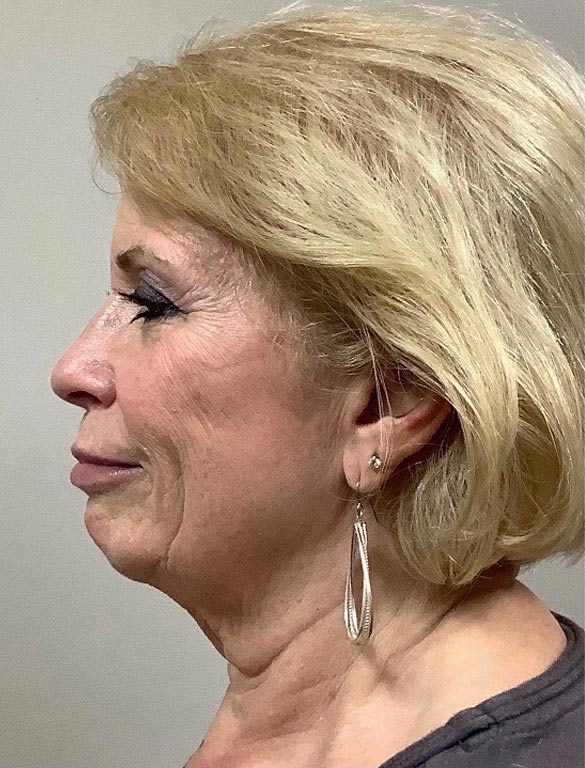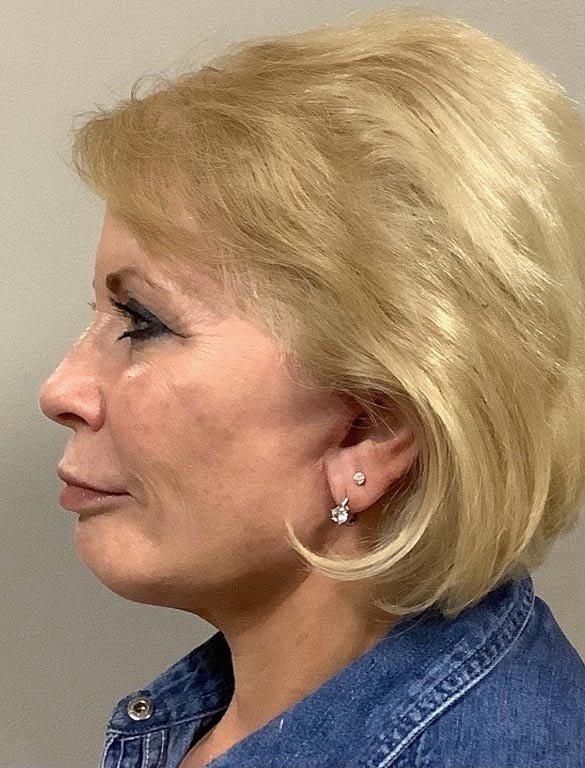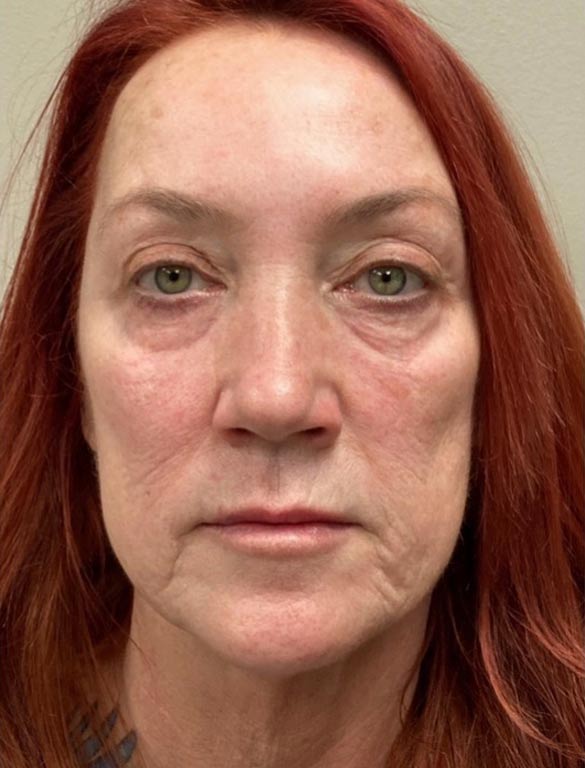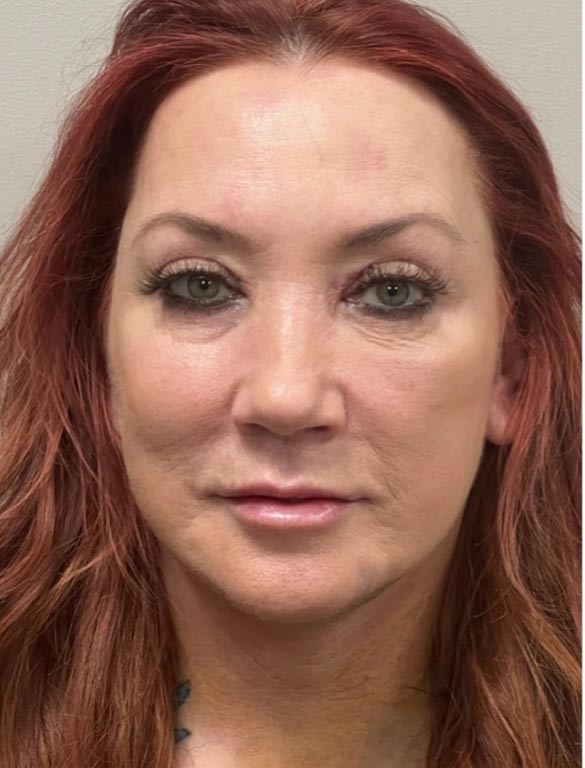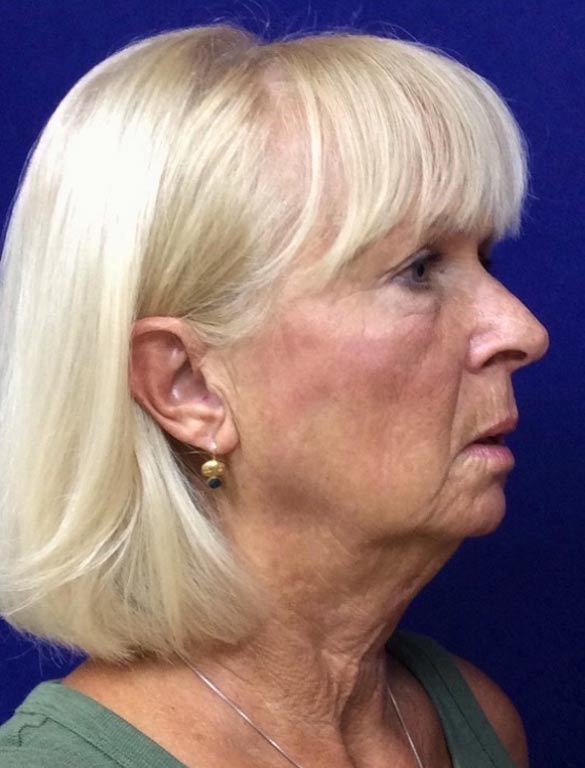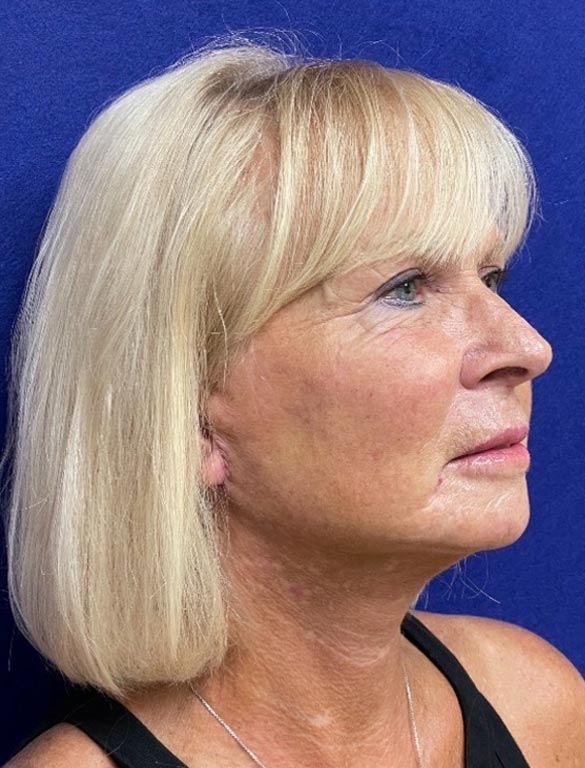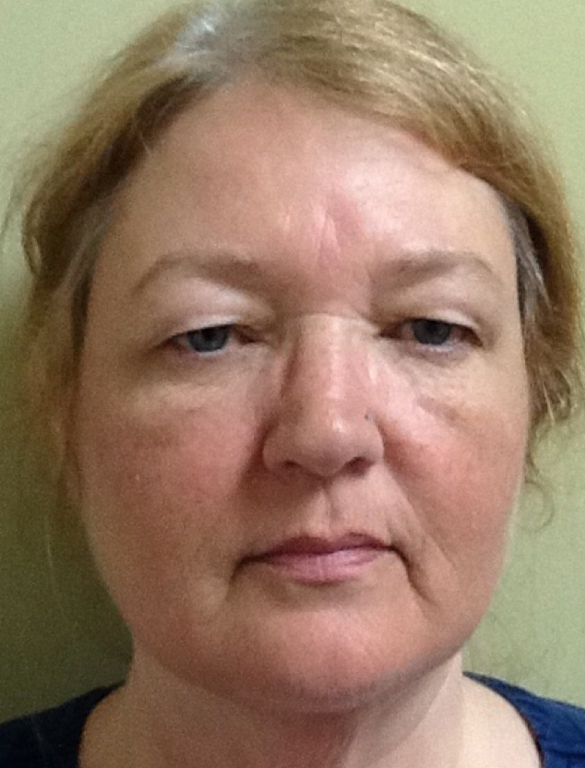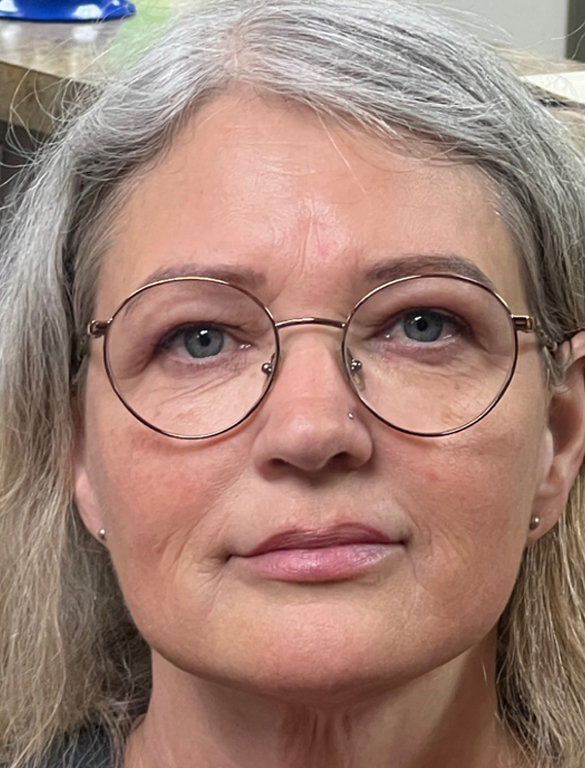Ultrasound Guided Sclerotherapy
Conveniently located to serve the areas of Fenton, Sterling, Livonia, MI and San Diego, CA
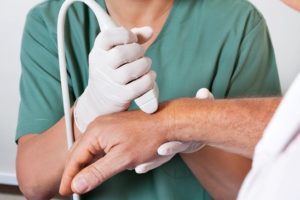
When summer rolls around, it’s time to break out cooler clothing. Shorts, skirts, swimsuits – all clothes designed to reveal more skin. But if you’re dealing with spider veins or varicose veins, it can be an embarrassing season. At the Skin and Vein Center, Dr. Seiger helps hundreds of patients regain their confidence through ultrasound-guided sclerotherapy.
Spider veins and smaller varicose veins will benefit from being treated with sclerotherapy, a treatment that irritates superficial blood vessels, causing them to harden and then dissipate, leaving clear skin behind. Spider veins are dilated blood vessels close to the skin that manifests as a tangled web of fine red and blue lines on the surface of the skin. Although it is possible they could be a symptom of something worse, mostly they are just unsightly, and the procedures to take them out are considered cosmetic in function, meaning most insurance companies will not cover the cost of the treatment. If an underlying condition is discovered, your insurance company will most likely cover the cost of all treatments. Either way, spider veins can affect the quality of life, bringing about embarrassment and a reluctance to wear clothing that may reveal the unsightly areas involved.
Contents
About Ultrasound Guided Sclerotherapy
Ultrasound-guided sclerotherapy is a technique for treating varicose veins using ultrasound technology to locate damaged veins. With ultrasound-guided sclerotherapy, the doctor monitors the veins on an ultrasound screen and is able to locate what would otherwise be hard-to-see veins below the skin’s surface.
Once located, Dr. Seiger is able to inject the damaged vein with a solution that collapses and closes the vein, ridding the area of broken, blue, and bulging veins completely. Different strengths and types of sclerosants are used depending on the location and size of the affected veins. Once the veins have been closed, they dry up and the body slowly absorbs them through its natural healing process. Sclerotherapy treats both spider veins as well as varicose veins.
The Leading Vein Stripping Alternative
There are different treatments for varicose veins, all of which depend on the individual patient and the type of venous problems that need treatment. One procedure — ultrasound-guided sclerotherapy — is often used on varicose veins that are not visible. While other procedures such as Endovenous Laser Ablation may work well on other larger veins, smaller veins that are too small for a laser fiber can be treated using this technique.
During the ultrasound sclerotherapy procedure, a special solution – a sclerosant — in either a liquid or “foamed” form is injected into the affected veins. The procedure is monitored on an ultrasound screen. This ultrasound use allows the physician to see veins located below the surface of the skin. Veins can be treated with the procedure at an early stage to prevent further vein complications.
Once the sclerosant is injected into the veins, the solution will irritate the veins which will then collapse and subsequently be absorbed by the body. A number of injections will be made to ensure that the entire vein is treated. The entire process takes about an hour and is administered under local anesthesia.
After the procedure of ultrasound sclerotherapy, patients will be required to wear compression stockings all day for about the first week. After that, the stockings should be worn during the day for the next three to six weeks.
Depending upon the seriousness of the vein problems, multiple treatments may be required. These treatments are usually scheduled about three to four weeks apart.
Benefits
Ultrasound-guided sclerotherapy is considered safer and more comfortable than traditional vein stripping which can be a painful varicose vein treatment that causes unsightly scarring. It will improve the appearance of veins, as well as reduce the risks associated with blood pooling in the veins. Another benefit is that Sclerotherapy can be used on different sizes of veins. Other benefits of this procedure include:
- Long-lasting-results
- Minimal side effects
- Quick-relief
- Minimally invasive procedure
Unlike vein stripping there is little to no downtime (nor much to worry about in terms of sclerotherapy aftercare) following this procedure, allowing patients to return to their normal routines.
Depending on the vein condition being treated, insurance may cover the procedure if it is considered a medical necessity, rather than a cosmetic procedure.
Recovery

Most patients experience very little discomfort during their treatment. Typical side effects include some temporary bruising and swelling but these side effects are minimal and usually disappear within a few days following treatment.
Some patients may see full before-and-after ultrasound-guided sclerotherapy results after just one session while others may require a few sessions to target all the damaged veins properly. Patients who undergo this process tend to have very favorable before-and-after ultrasound-guided sclerotherapy results with many patients showing smooth, youthful-looking legs where once there were many large varicose veins.
The good news about veins treated by ultrasound-guided sclerotherapy is that they do not come back. However, it’s important to recognize that due to the often hereditary nature of varicose veins and spider veins, this treatment cannot guarantee that the patient will never develop new varicose veins in the future. New varicose vein developments tend to be less severe and obvious among patients who have undergone sclerotherapy in the past so the occasional touch-up treatment can keep legs healthy and attractive for a lifetime.
Sclerotherapy Vs. Ultrasound Foam Sclerotherapy
There are two types of sclerotherapy: one used for more general removal of spider veins (sclerotherapy), and one for times when more severe medical issues are involved (ultrasound-guided foam sclerotherapy). Sclerotherapy is minimally invasive, takes less time, and is generally approved for use by all patients. During a sclerotherapy or ultrasound sclerotherapy procedure, a tiny needle is used to inject the sclerosant directly into the diseased vein. The sclerosant is generally some type of salt solution that closes the vein. Results are immediately apparent, and once that vein is closed, the physician can move on to the next one and the next one. Compression stockings are worn afterward to accelerate healing, but it still may take up to three sessions before the spider veins are completely eradicated.
Ultrasound-guided foam sclerotherapy uses a foamed sclerosant and an ultrasound machine to help find diseased veins that may be further under the surface of the skin, but the remainder of the treatment procedure remains the same. Both procedures are safe for the majority of people, regardless of skin type or tone. Pregnant women should avoid being treated for spider or varicose veins until after the child is born and is no longer nursing. Ultrasound sclerotherapy is an excellent solution for eradicating spider veins on the face as it is minimally invasive and leaves no scarring.
Considerations
It is possible to feel some itching or minor burning after Ultrasound Sclerotherapy, but these symptoms generally disappear relatively quickly. In some extremely rare cases, an allergic reaction can occur, but as long as you are having the treatment done by a physician experienced in vein diseases and their treatments, sclerotherapy is a safe and painless way to eradicate spider veins. Clear smooth skin is just a few easy treatments away.
If you would like to discuss whether ultrasound-guided sclerotherapy is right for you and if your individual situation will be covered by insurance, give us a call at the Skin and Vein Center to set up a no-obligation, complimentary consultation. To learn more about the results, click here.
FAQ
Is ultrasound sclerotherapy painful?
Compared to traditional vein stripping that can leave scars, Ultrasound Guided Sclerotherapy can cause temporary discomfort, but is harmless and generally does not hurt.

